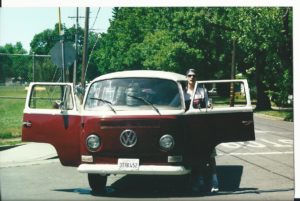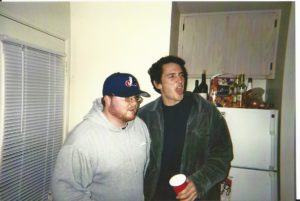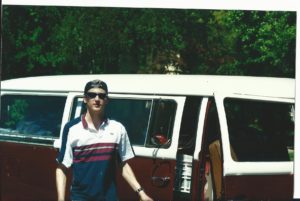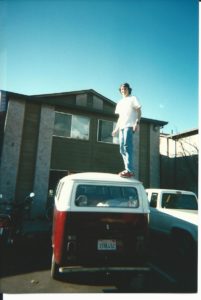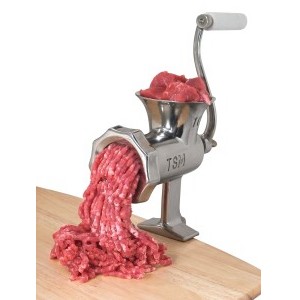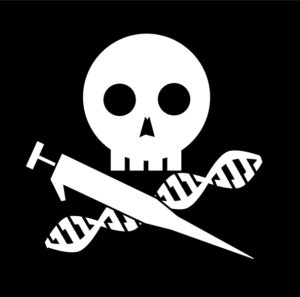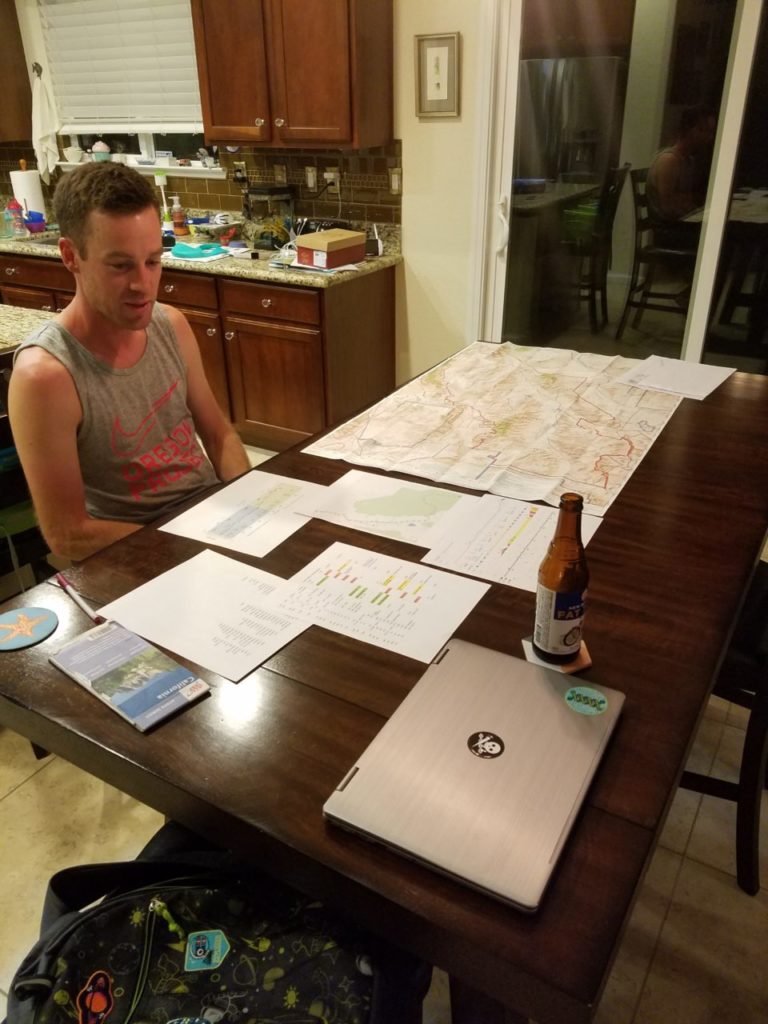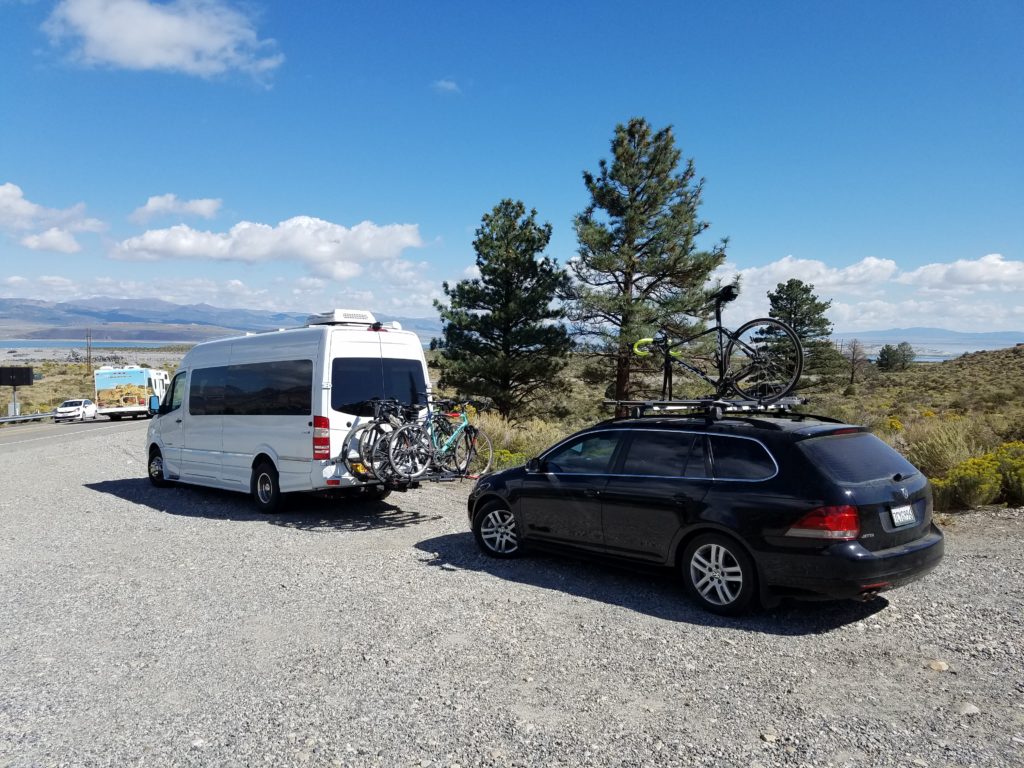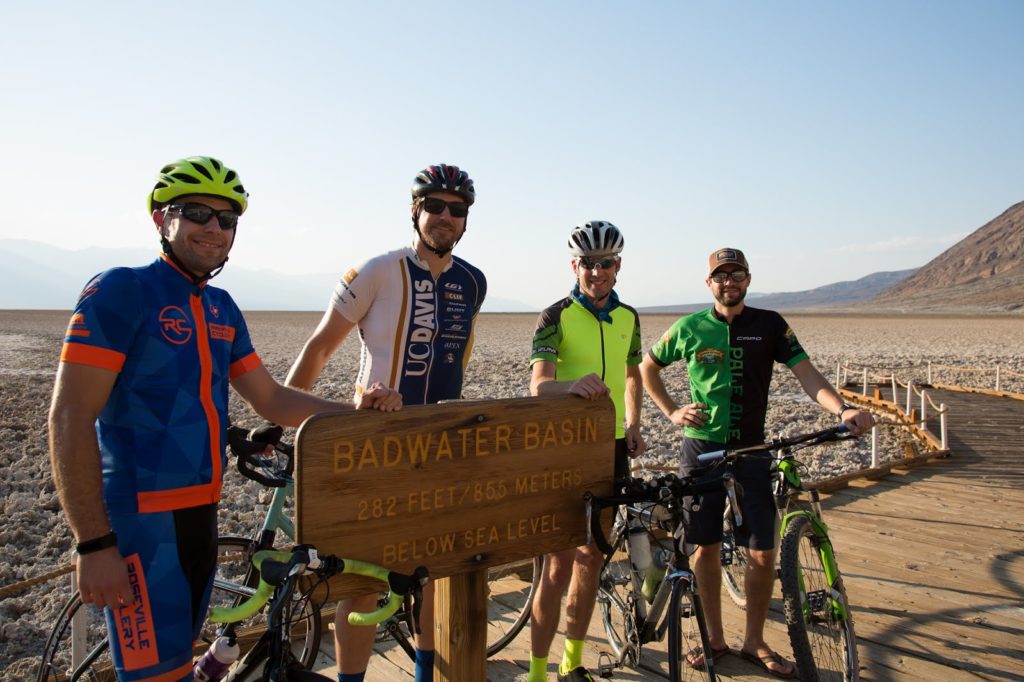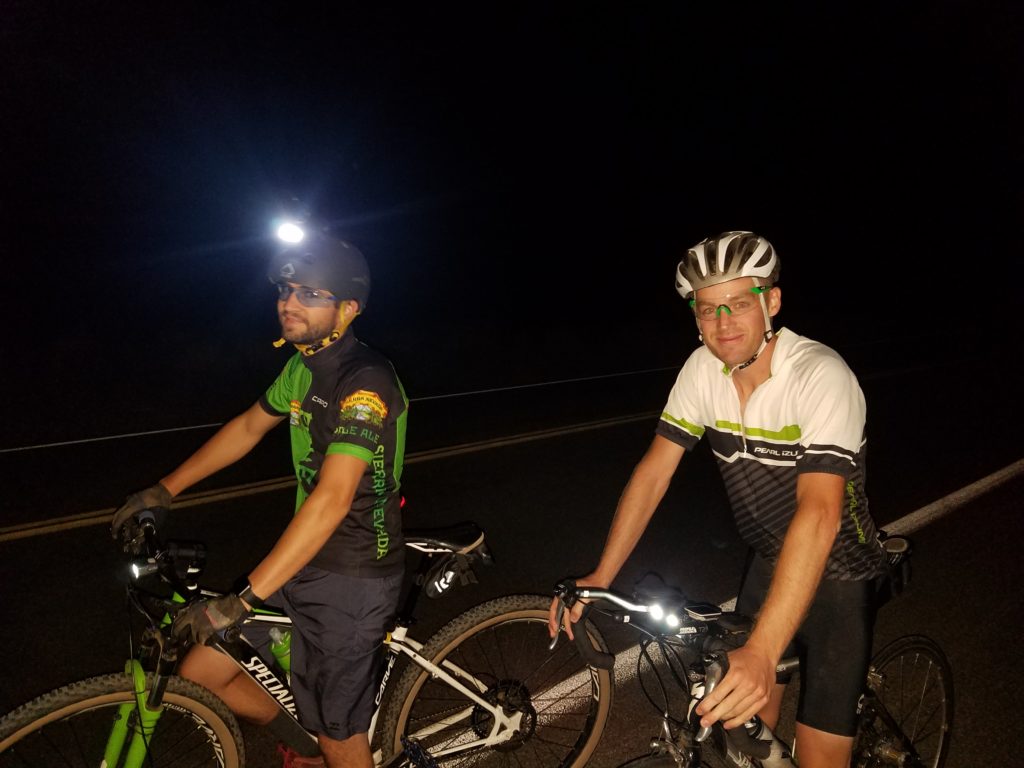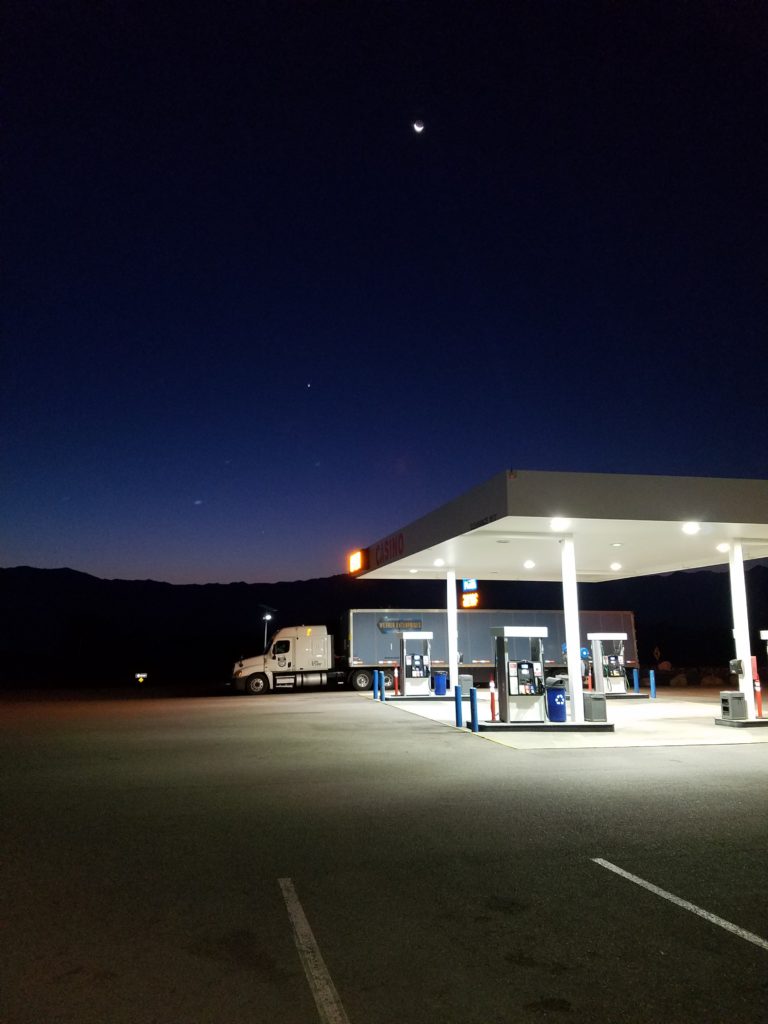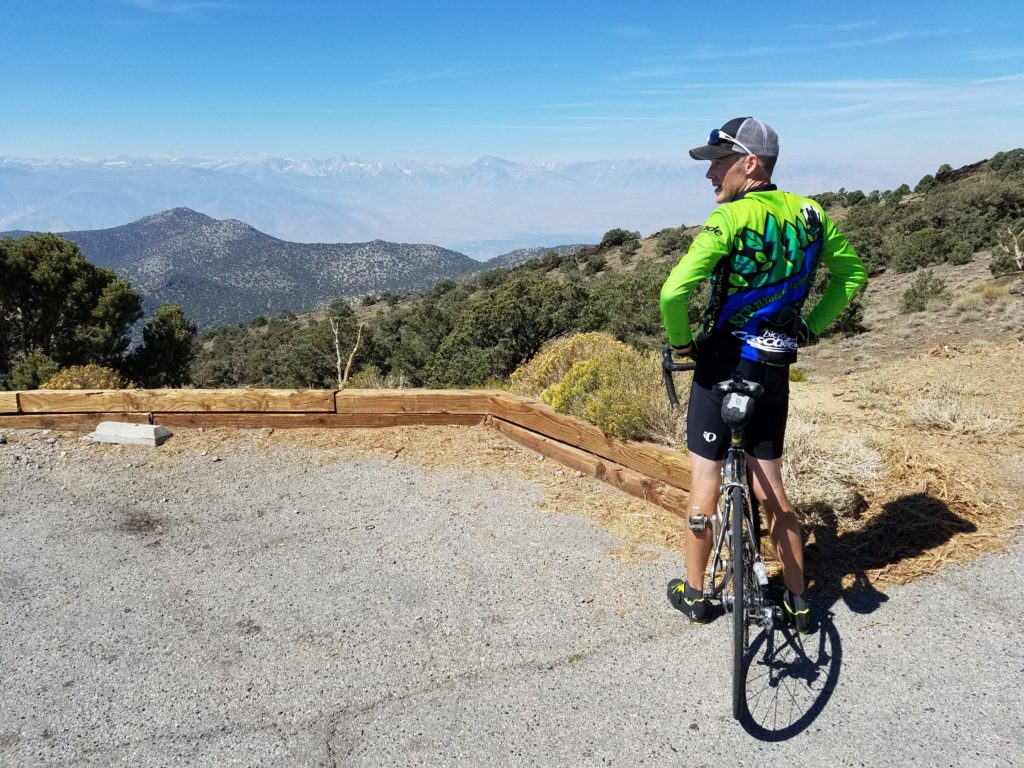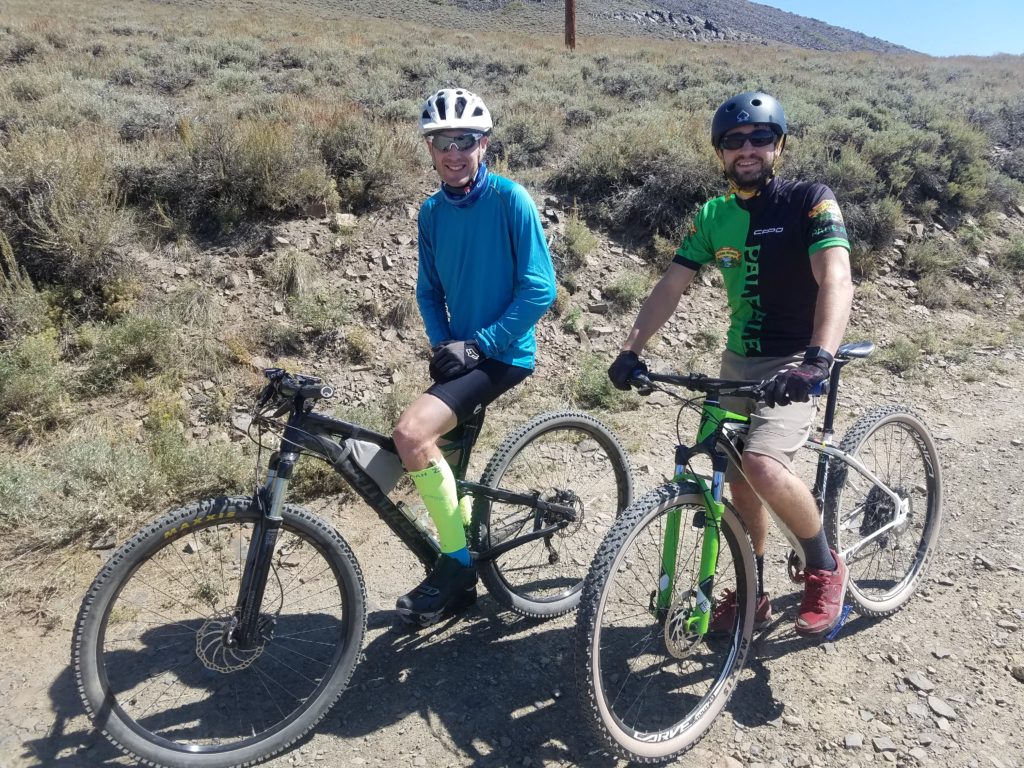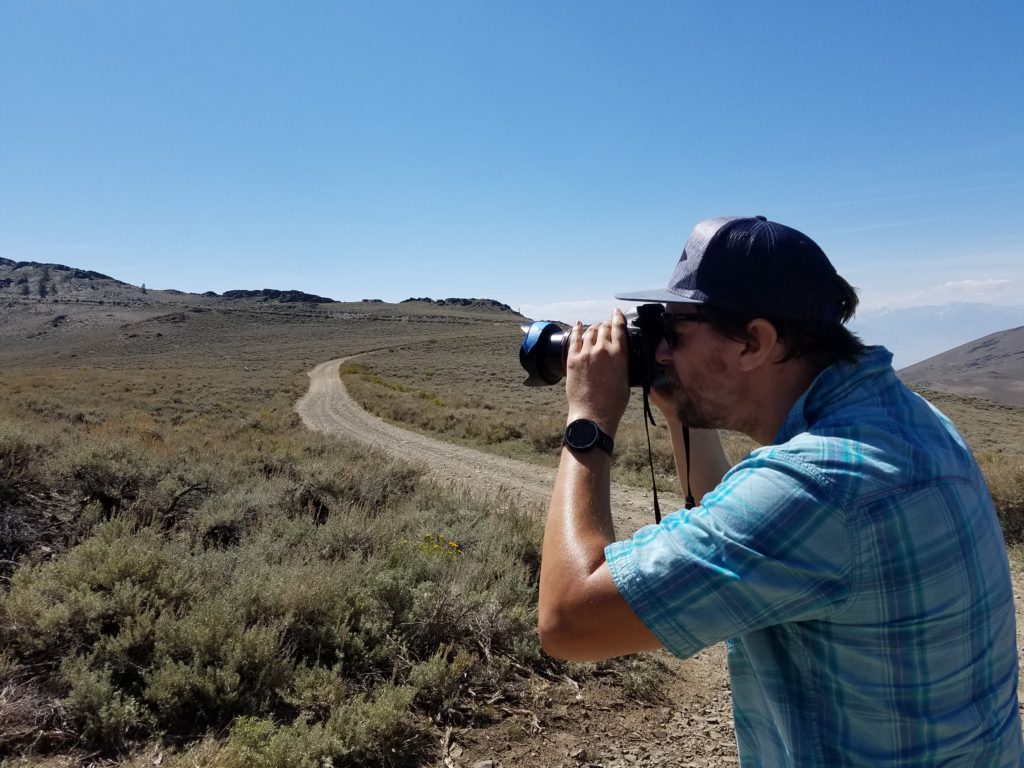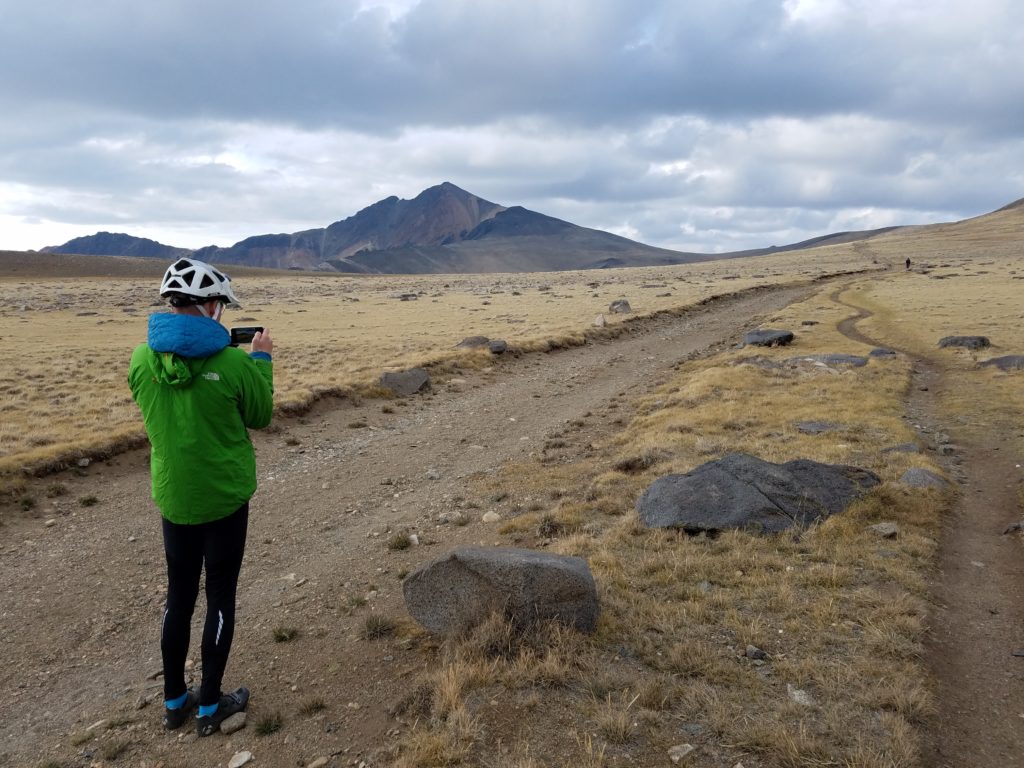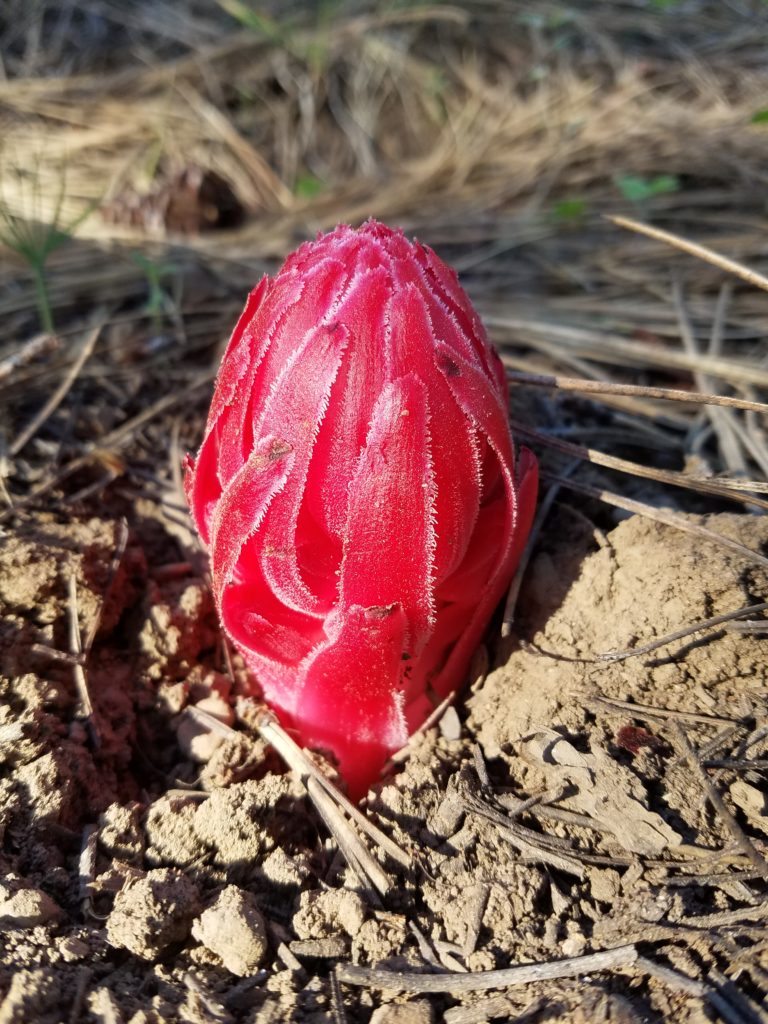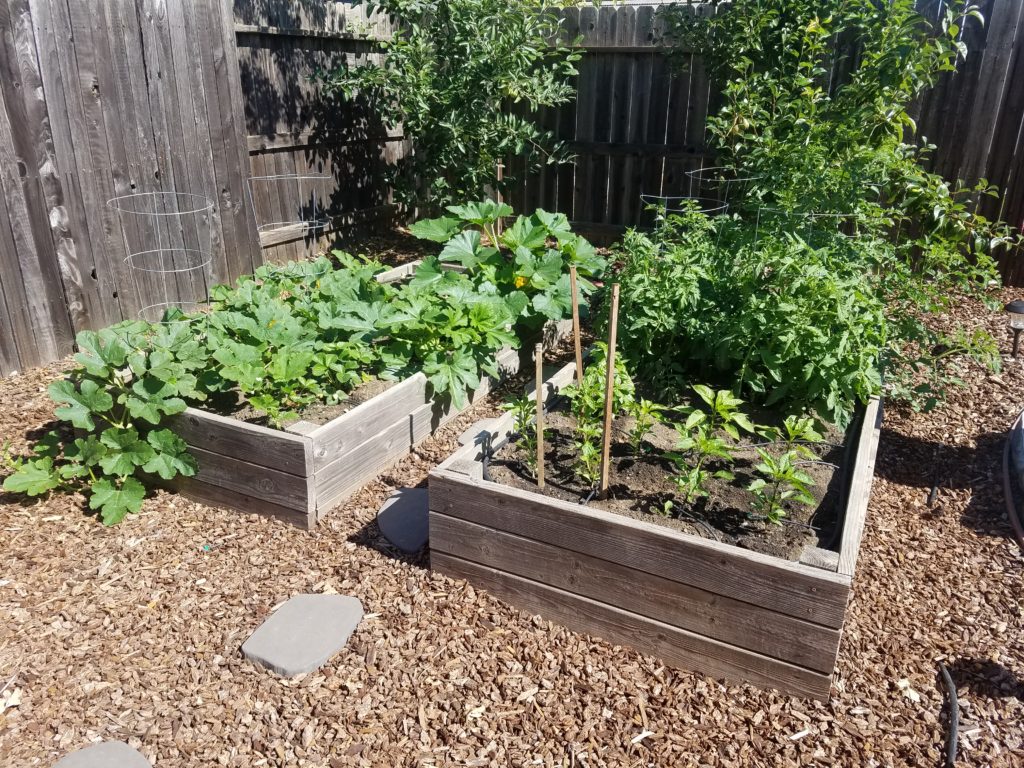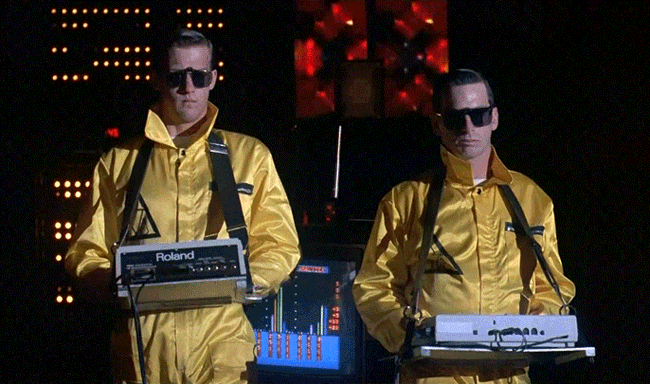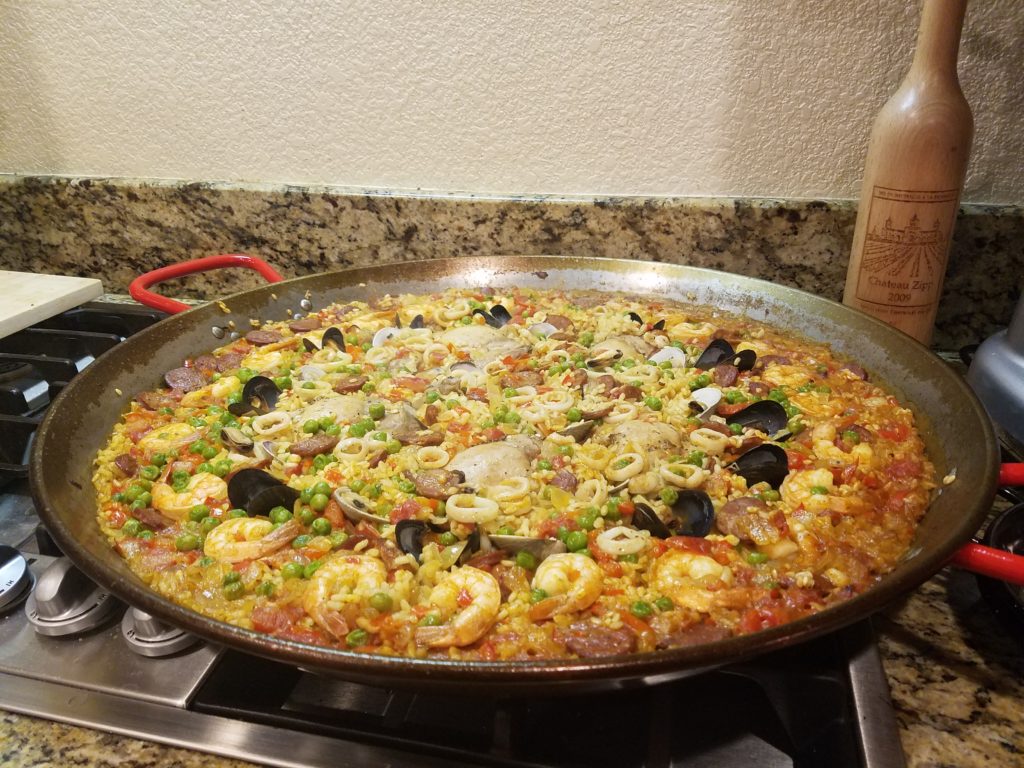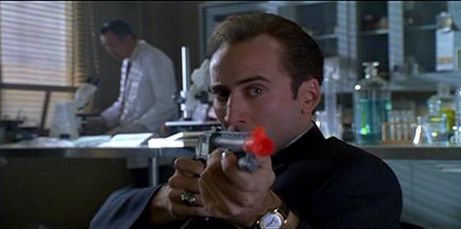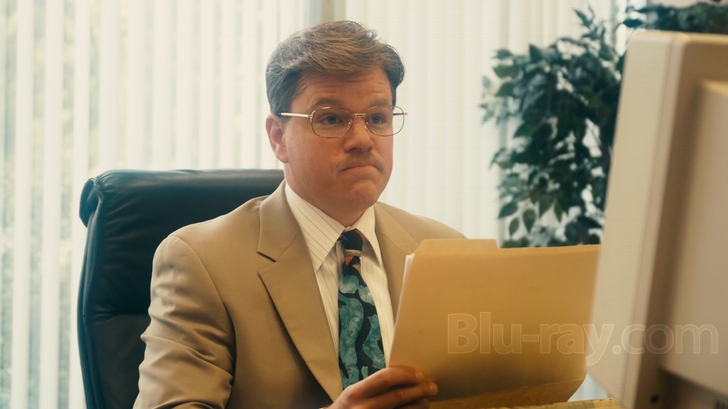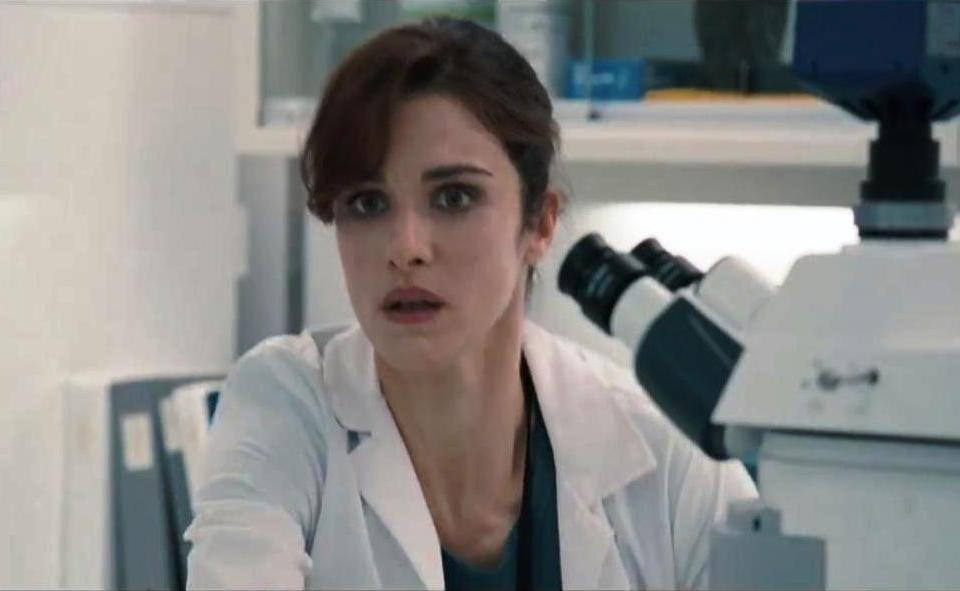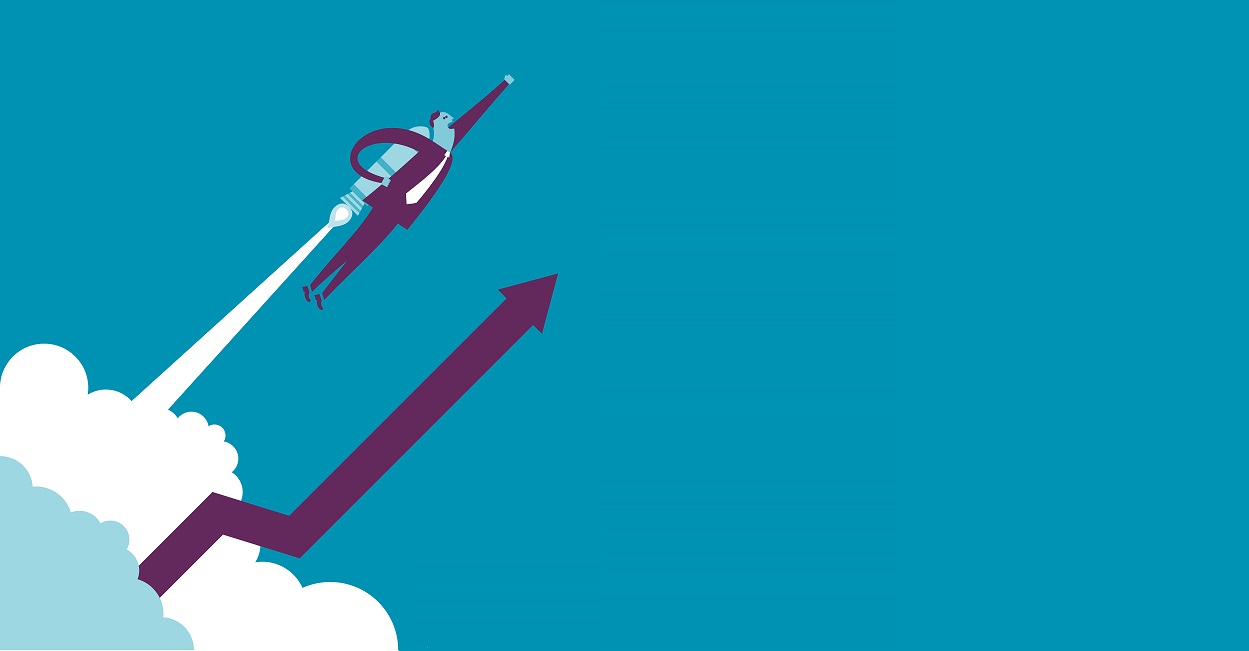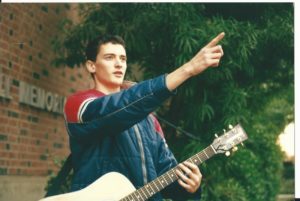
There are people in your life that will change you, sometimes in ways that you never thought possible. Not teachers, per se, but people you encounter that are capable of opening up your mind to the possibilities in life, and in turn it changes your whole life view. One influential character in my own life was Orian Price.
I received news that Orian passed away in October of 2016, due to medical complications from a wing-suit accident (or something along those lines). Orian was the guy that we joked “wouldn’t make it past 40”, and unfortunately this half-baked prophecy came true. Predicting this tragedy years earlier didn’t make it any less heartbreaking when I heard the news.
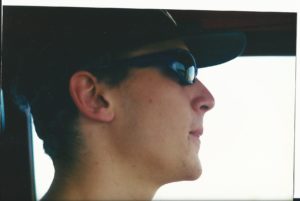
I met Orian in 1999 in the dorms at Chico State. We were both on the third floor, and he lived two doors down the hall. He was a little odd, and it was clear very early that he did not play by the same rules as everyone else. He was smart, but combative. He was funny, but liked to make you feel uncomfortable. He was adventurous, but was compelled to constantly test his limits. He was an inspiration, but also a wild-card.
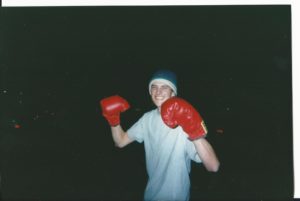
The two-headed nature of Orian was exciting, and he definitely kept you on your toes. It was an adventure just being friends with the guy. Just thinking that I earned his respect and met his high bar for friendship still brings a smile to my face.
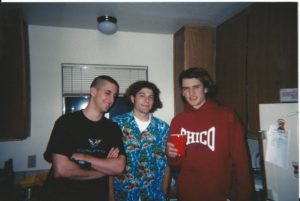
It had been years since my last encounter with Orian, but his influence on my life is unmistakable. I think of him when I see Vans shoes or a Sector9 longboard, when I hear Ozma, see a VW bus, when I tear apart a computer, or whenever I think about my years at Chico. Not every day, but definitely every week.
Some of my best memories of Orian:
- Driving his VW bus home from the dorms in 2000, so we could replace his oil cooler in my parent’s driveway before he drove down to Orange County.
- Going shopping for groceries or things, and we would yell “Mom” to regroup with the other guys.
- Going with him to my first punk concert, The Vandals, at the rose garden at Chico. Then seeing Ozma open for Weezer at the Crest in Sacramento with him.
- Orian teaching me how to play Weezer on my guitar.
- Orian gargling tequilla out of a coffee mug in my kitchen in the Gateway Apartments.
- Orian pointing out that my salad was not healthy due to the dressing I put on it. So I followed his lead and stopped putting dressing on my salads. Hell, I still prefer a dry salad because of him.
- Orian bringing a 3L plastic bottle of some “monkey tequilla” that he bought in Mexico, and then slipping some into a cowboy’s beer bong when I lived in Davis.
- Orian bought a carton of Marlboro Red “Cowboy Killer’s” and taught himself to smoke, just so he could feel addiction.
- Orian would yell at smokers, “Cancer cures smoking”.
- I was up late with Orian and a couple of friends, and we decided it was a great idea to see the sunrise on the top of Mount Lassen. We pulled it off, and I still vividly remember the picturesque landscape (and the bitter cold!).
- Abalone diving with Orian in Sonoma County, then shenanigans with the guts and a certain neighbor’s BBQ.
- The days when Orian would just take off on his KLR650, and come back late at night after spending the day in the Black Desert of Nevada. No cell phone service, didn’t tell anyone. Just went.
- Skateboarding down Nord Avenue, drunk, in the middle of the night.
- Orian answered my phone when an ex-girlfriend of mine was calling to pester me, and Orian said to her, “You make my ears hurt.”
- My sister thought Orian and I were heathens for not attending church, so she coordinated her pastor to talk with us. He bought us pizza, and the three of us debated the existence of god over a pepperoni pizza in the old Normal Street Woodstock’s. Needless to say, none of our minds were not changed that night.
- Making prank calls with the digital voice assistant in the beta version of Windows 2000 from Joe’s dad.
Details about his accident were scant, but there was an outpouring from his local hang gliding community on the Sylmar Hang Glider Association forum. His passing was over a year ago, but I still feel compelled to write up something and try to share my memories of him. His memory is still very much alive in me, and I am certain that he influenced many others in his adventures through life.
I wish that I could live my life with half as much passion and disregard for the rules as Orian did. He lived outside of the box, and I am grateful to have experienced his perspective and tenaciousness in my most formative years. For this, I will miss him greatly. Thanks for the memories Orian.
—-
I need to dig through my old box of prints, but these are a few of the pictures I posted to Facebook after learning of his passing.
